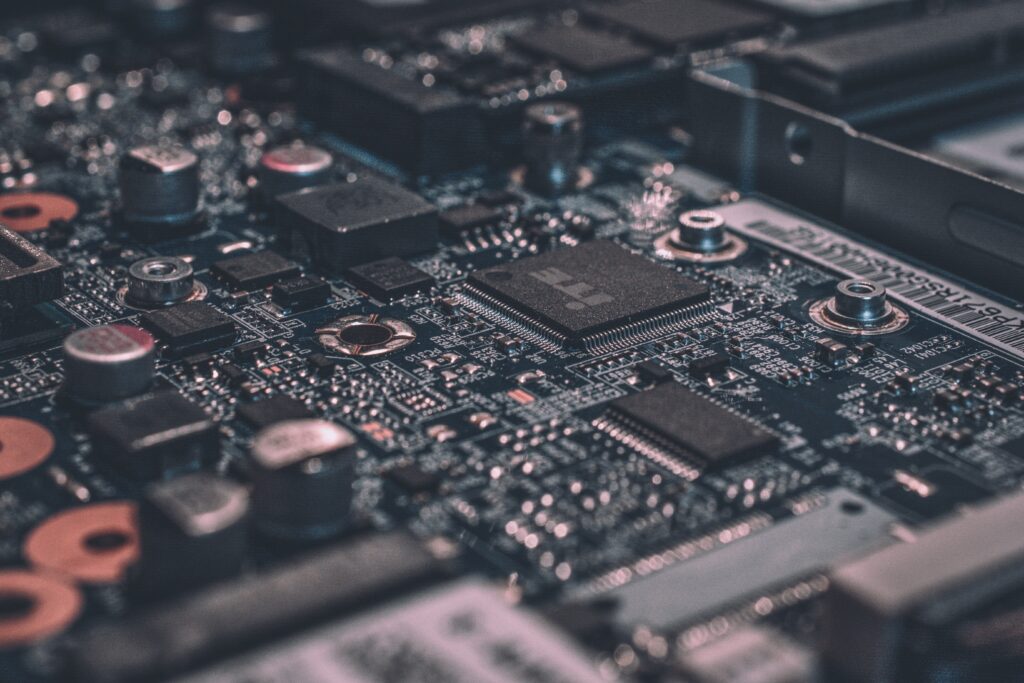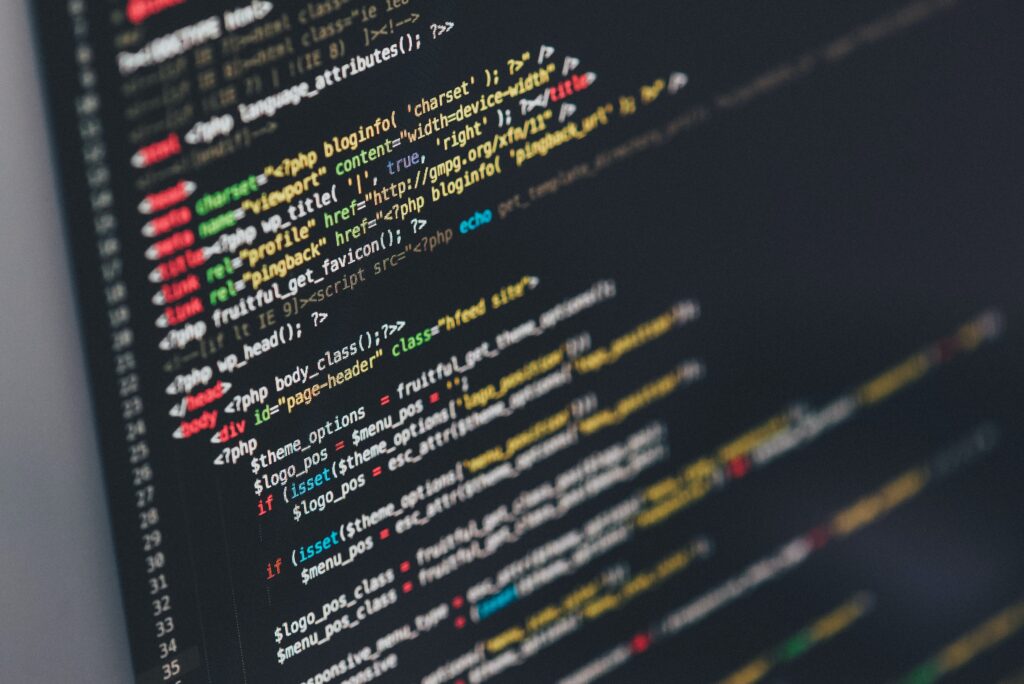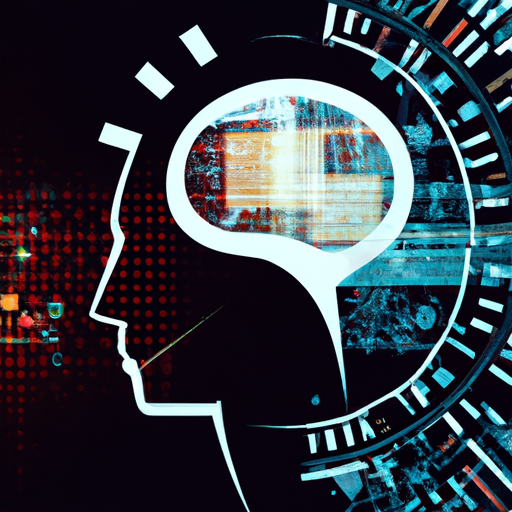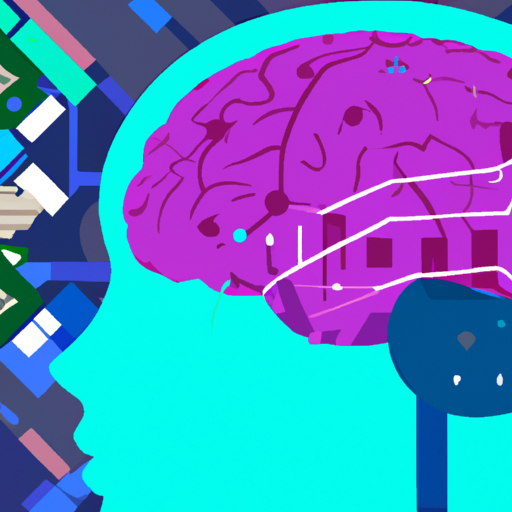Imagine a world where robots teach you instead of real teachers! That’s what AI technology is all about. AI stands for Artificial Intelligence, which means teaching done by computers instead of humans. But can AI replace human teachers? Some people think AI technology can make learning even better, while others believe we still need real teachers. In this article, we’ll explore this exciting topic and see if robots could one day replace our beloved teachers. Get ready for an adventure that combines technology and education!

Benefits of AI in Education
Improving access to education
Artificial Intelligence (AI) technology has the potential to greatly improve access to education for students all around the world. With AI, students can access educational resources and materials online, eliminating geographical barriers. AI-powered platforms can also provide support for students who may not have access to traditional classrooms, such as those in remote areas or those with physical disabilities.
Personalized learning experience
One of the key benefits of AI in education is the ability to personalize the learning experience for each student. AI systems can analyze the strengths and weaknesses of individual students and tailor the curriculum to meet their specific needs. This allows students to learn at their own pace and focus on areas where they need more assistance, leading to better learning outcomes.
Enhancing student engagement
AI technology can enhance student engagement by making the learning process more interactive and immersive. Virtual reality (VR) and augmented reality (AR) tools, for example, can create virtual learning environments that simulate real-life scenarios and make learning more engaging and enjoyable. AI-powered educational games and platforms can also provide instant feedback and rewards, motivating students to continue learning and stay engaged.
Challenges of AI in Education
Lack of personalized emotional support
While AI can personalize the academic curriculum, it often lacks the ability to provide personalized emotional support to students. Humans, such as teachers and instructors, can offer empathy, understanding, and encouragement, which is an essential aspect of education. AI technology needs to find ways to bridge this gap and provide both academic and emotional support to students.
Limited adaptability to individual learning styles
Not all students have the same learning style or preferences. Some students may excel in visual learning, while others may prefer auditory or kinesthetic learning. AI systems, as they currently exist, may not be able to cater to the diverse learning styles of students effectively. This could result in some students being left behind or not fully benefiting from AI-powered education.
Ethical concerns and biases
AI systems are designed and programmed by humans, and thus they can inadvertently inherit biases and prejudices. These biases can impact the data and algorithms used by AI in education, leading to unfair outcomes in areas such as grading, college admissions, or career guidance. It is crucial to ensure that AI systems are developed and implemented ethically to avoid perpetuating existing biases and inequalities.
Current Applications of AI in Education
Smart tutoring systems
Smart tutoring systems leverage AI technology to provide personalized tutoring and support to students. These systems can assess students’ knowledge gaps, provide feedback, and adapt the learning materials accordingly. By analyzing students’ performance and progress, smart tutoring systems can identify areas that need improvement and offer targeted assistance.
Virtual learning environments
Virtual learning environments use AI to create immersive and interactive educational experiences. These environments can simulate real-world scenarios, allowing students to practice and apply their knowledge in a safe and controlled setting. AI-powered virtual learning also enables students to explore complex concepts through visualizations, simulations, and interactive exercises, enhancing their understanding and engagement.
Automated grading and feedback
AI can automate the process of grading assignments and providing feedback to students. By analyzing the content and structure of students’ work, AI systems can assign grades and offer feedback based on predefined parameters. This saves teachers’ time and allows for more timely and consistent grading, enabling students to receive prompt feedback on their progress.
Effectiveness of AI in Teaching
Case studies on AI-assisted teaching
Numerous case studies have shown the effectiveness of AI-assisted teaching in improving learning outcomes. For example, adaptive learning platforms have been found to significantly enhance students’ performance in subjects such as mathematics and language learning. AI systems can identify students’ areas of weakness, provide personalized remedial resources, and track their progress, resulting in improved academic achievement.
Comparing learning outcomes
Studies have compared the learning outcomes of students taught with and without AI technology. These comparative studies often show that students who receive AI-assisted education perform better in terms of knowledge retention, critical thinking skills, and problem-solving abilities. The personalized learning experience offered by AI enables students to optimize their learning potential and acquire a deeper understanding of the subject matter.
Teacher-AI collaboration
The most effective implementation of AI in education involves a collaboration between human teachers and AI systems. Teachers can leverage AI tools to enhance their teaching strategies, save time on administrative tasks, and gain valuable insights into students’ progress. By working alongside AI, teachers can provide individualized support, guidance, and mentorship to students, ensuring a holistic and well-rounded education.

The Human Touch in Education
Importance of human interaction and emotional connection
Human interaction and emotional connection are fundamental aspects of the education experience. While AI can provide academic support, human teachers provide the necessary social and emotional support that students need to thrive. Teachers can foster a positive learning environment, offer encouragement, and provide guidance and mentorship that goes beyond just academic growth.
Soft skills development
Soft skills, such as communication, collaboration, critical thinking, and creativity, are essential for success in the modern world. While AI systems can assist in the development of cognitive skills, the development of soft skills often requires human interaction. Teachers play a crucial role in nurturing and guiding students’ development of these essential life skills.
Role of teachers in guiding critical thinking
Critical thinking is a vital skill that enables students to analyze information, evaluate arguments, and make informed decisions. While AI can assist in providing information and resources, teachers play a crucial role in guiding students’ critical thinking process. Teachers can challenge students’ assumptions, promote evidence-based reasoning, and facilitate discussions that encourage students to think critically and independently.
Evolving Role of Teachers in AI-Enabled Classrooms
Facilitating technology integration
As AI technology becomes more prevalent in the classroom, teachers must adapt and become adept at integrating technology into their teaching practices. Teachers need to stay updated with the latest AI tools and platforms and learn how to effectively incorporate them into their lessons. By embracing technology, teachers can create dynamic and engaging learning experiences for their students.
Adapting teaching strategies
AI technology can help teachers identify students’ learning needs and preferences, allowing them to adapt their teaching strategies accordingly. Teachers can leverage AI-generated insights to tailor their lessons and instructional materials, ensuring that each student’s learning style is accommodated. By adapting their teaching strategies, teachers can optimize the learning experience for all students.
Providing individualized support
In an AI-enabled classroom, teachers can focus more on providing individualized support and attention to students. With AI systems taking care of administrative tasks and personalized instruction, teachers can spend more time interacting with students, addressing their unique needs, and offering guidance and mentorship. This individualized support is invaluable in nurturing students’ growth and facilitating their overall development.

Overcoming Barriers to AI Adoption in Education
Addressing concerns about job displacement
One of the primary concerns about AI in education is the fear of job displacement for teachers. However, AI technology should be seen as a tool that can augment and enhance teachers’ capabilities rather than replace them. By automating time-consuming tasks and providing personalized support, AI frees up teachers’ time to focus on areas that require human interaction and expertise.
Training and upskilling teachers for AI implementation
To effectively utilize AI technology in the classroom, teachers need adequate training and upskilling. Educational institutions and policymakers should invest in teacher professional development programs that equip educators with the necessary skills and knowledge to leverage AI in their teaching practices. Ongoing support and training will help teachers feel confident and capable of using AI tools to their full potential.
Ensuring equitable access to AI-supported education
To fully harness the benefits of AI in education, it is crucial to ensure equitable access to AI-supported education for all students. This means addressing the digital divide and providing access to AI-powered tools and platforms to students from all socio-economic backgrounds. It is essential to collaborate with governments, organizations, and communities to bridge the gap and ensure that no student is left behind.
Ethical Considerations in AI Education
Ensuring student data privacy and security
When implementing AI in education, it is crucial to prioritize student data privacy and security. AI systems often collect and analyze large amounts of data, and it is essential to protect this information from unauthorized access or misuse. Schools and educational institutions must have robust data protection policies and ensure that students’ personal information is handled with the utmost care and in compliance with relevant regulations.
Avoiding algorithmic biases
AI systems are only as good as the data and algorithms they are trained on. It is essential to address algorithmic biases that can perpetuate inequalities or discriminatory practices. Developers of AI systems must ensure that their algorithms are free from biases and regularly monitor and evaluate their systems for potential biases. Incorporating diverse perspectives and involving various stakeholders in the development process can help mitigate algorithmic biases.
Transparency and accountability in AI decision-making
AI systems make decisions and recommendations that can have significant impacts on students’ education and future opportunities. It is important to maintain transparency and accountability in AI decision-making processes. Students, parents, and educators should have a clear understanding of how AI systems work, the criteria used for assessments and recommendations, and the ability to question and appeal AI-generated outcomes. Transparency can help build trust in AI and ensure fair and unbiased outcomes.

The Future of AI in Education
Augmented intelligence in classrooms
The future of AI in education lies in augmented intelligence, where AI systems work alongside human teachers to enhance the learning experience. Augmented intelligence combines the strengths of both humans and machines, enabling teachers to leverage AI technology to provide personalized instruction, automate administrative tasks, and gain valuable insights into students’ progress. This symbiotic relationship between humans and AI will continue to revolutionize and improve education.
AI-powered learning analytics
AI-powered learning analytics will play a crucial role in shaping the future of education. By analyzing vast amounts of student data, AI systems can identify patterns, trends, and areas that require improvement. This data-driven approach enables educators to make more informed decisions, develop targeted interventions, and continuously improve their teaching strategies. AI-powered learning analytics can optimize the learning process and help students reach their full potential.
Balancing AI and human instructors
As AI continues to advance in education, it is important to strike a balance between AI and human instructors. While AI systems can provide personalized support and enhance certain aspects of education, human teachers bring a unique perspective, empathy, and the ability to foster human connection. The future of AI in education should focus on integrating AI seamlessly into the classroom while ensuring that human instructors retain their essential role in guiding and supporting students’ educational journey.
So, can AI replace human teachers?
The integration of AI technology in education offers numerous benefits, including improved access to education, personalized learning experiences, and enhanced student engagement. However, it also presents challenges such as the lack of personalized emotional support, limited adaptability to individual learning styles, and ethical concerns regarding biases. Current applications of AI in education include smart tutoring systems, virtual learning environments, and automated grading and feedback.
The effectiveness of AI in teaching has been demonstrated through case studies, comparisons of learning outcomes, and teacher-AI collaborations. However, the human touch in education remains crucial, as it provides important aspects such as emotional connection, soft skills development, and guidance in critical thinking. Teachers in AI-enabled classrooms play an evolving role in facilitating technology integration, adapting teaching strategies, and providing individualized support.
Overcoming barriers to AI adoption in education requires addressing concerns about job displacement, training and upskilling teachers for AI implementation, and ensuring equitable access to AI-supported education. Ethical considerations in AI education include ensuring student data privacy and security, avoiding algorithmic biases, and maintaining transparency and accountability in AI decision-making.
The future of AI in education lies in augmented intelligence, AI-powered learning analytics, and striking a balance between AI and human instructors. The symbiotic relationship between AI and human teachers augments education while continuously evolving towards a blended approach. By embracing AI in education, we can unlock the full potential of both technology and human expertise, creating a dynamic and impactful learning environment.






